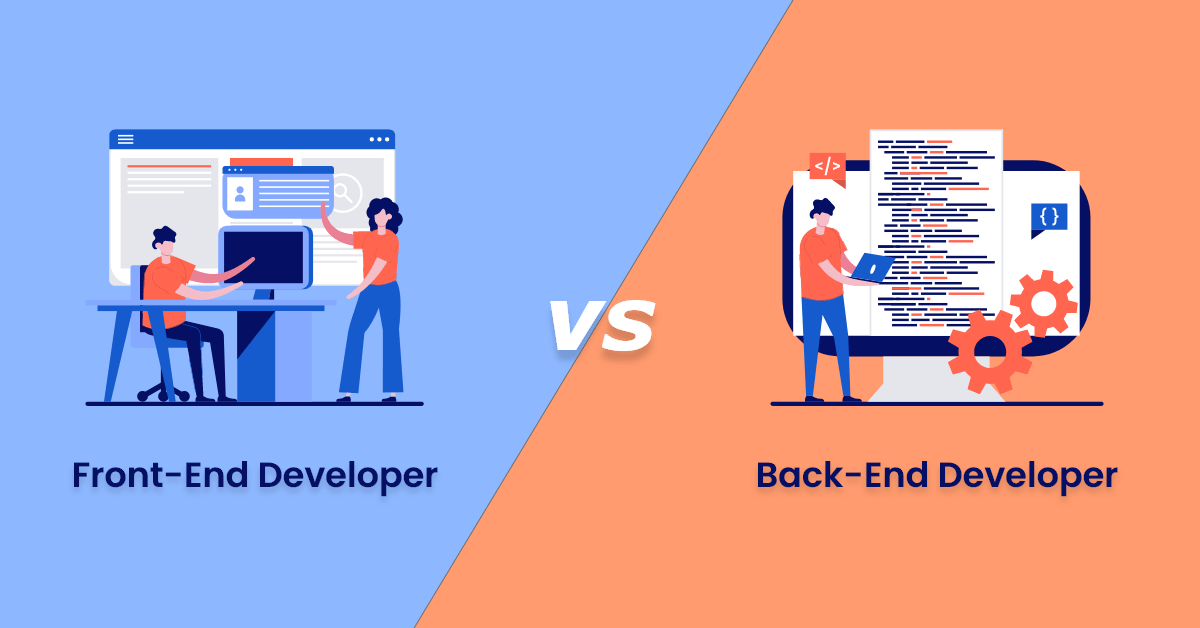Blitz News Digest
Stay updated with the latest trends and insights.
Back-End Development: The Unsung Hero Behind Your Favorite Apps
Discover the hidden power of back-end development and how it fuels your favorite apps. Uncover the secrets behind seamless user experiences!
Understanding Back-End Development: Key Concepts and Technologies
Back-end development is a crucial aspect of web development that focuses on server-side functionality. It involves the creation and management of the server, databases, and application logic that enable the front-end to function seamlessly. Key concepts in back-end development include server-side programming languages such as PHP, Python, and Ruby, which are used to build the application logic. Additionally, understanding database management systems, such as MySQL and MongoDB, is vital for storing and retrieving data efficiently. A solid grasp of these technologies allows developers to create robust web applications that can handle user interactions and data processing effectively.
In addition to programming languages and databases, back-end frameworks play a significant role in streamlining development processes. Frameworks like Express.js for Node.js, Django for Python, and Ruby on Rails provide essential tools and libraries that simplify common tasks, allowing developers to focus on the unique features of their applications. Furthermore, understanding API (Application Programming Interface) development is essential in today’s interconnected web environment, as APIs facilitate communication between different services and applications. By mastering these key concepts and technologies, back-end developers can create scalable and efficient applications that meet the dynamic needs of users.

Why Back-End Development is Crucial for Your Favorite Apps
Back-end development is the backbone of any application, serving as the server-side component that processes and stores data, ensures app security, and manages user authentication. Without a robust back end, your favorite apps would struggle to function efficiently. When you input data or interact with an app, it is the back-end developer who crafts the code that allows this data to be sent, processed, and retrieved effectively. In this way, a well-structured back end guarantees smooth operation, enhancing user experience and app performance.
The importance of back-end development extends beyond just functionality; it also includes scalability and maintainability. As user demands grow, a strong back-end architecture can handle increased traffic and data without compromising performance. Furthermore, back-end developers are responsible for integrating third-party services and APIs, which add additional functionality and features to your favorite apps. Overall, investing in top-notch back-end development is vital for the long-term success and reliability of any application.
Common Myths About Back-End Development Debunked
Back-end development often gets shrouded in myths that can deter budding developers from pursuing this critical area of software engineering. One common myth is that back-end developers don't need to understand front-end technologies. In reality, a solid grasp of front-end fundamentals enhances communication and integration between front-end and back-end systems. Additionally, it allows developers to optimize user experiences while ensuring seamless interactions between the two layers of an application.
Another prevalent misconception is that back-end development is all about writing server-side code. While coding is a significant part of the job, back-end development also involves database management, API integration, and performance optimization. Developers must be familiar with different database systems as well as server security practices. Therefore, aspiring back-end developers should focus on acquiring a broad skill set that goes beyond just programming to excel in their roles.